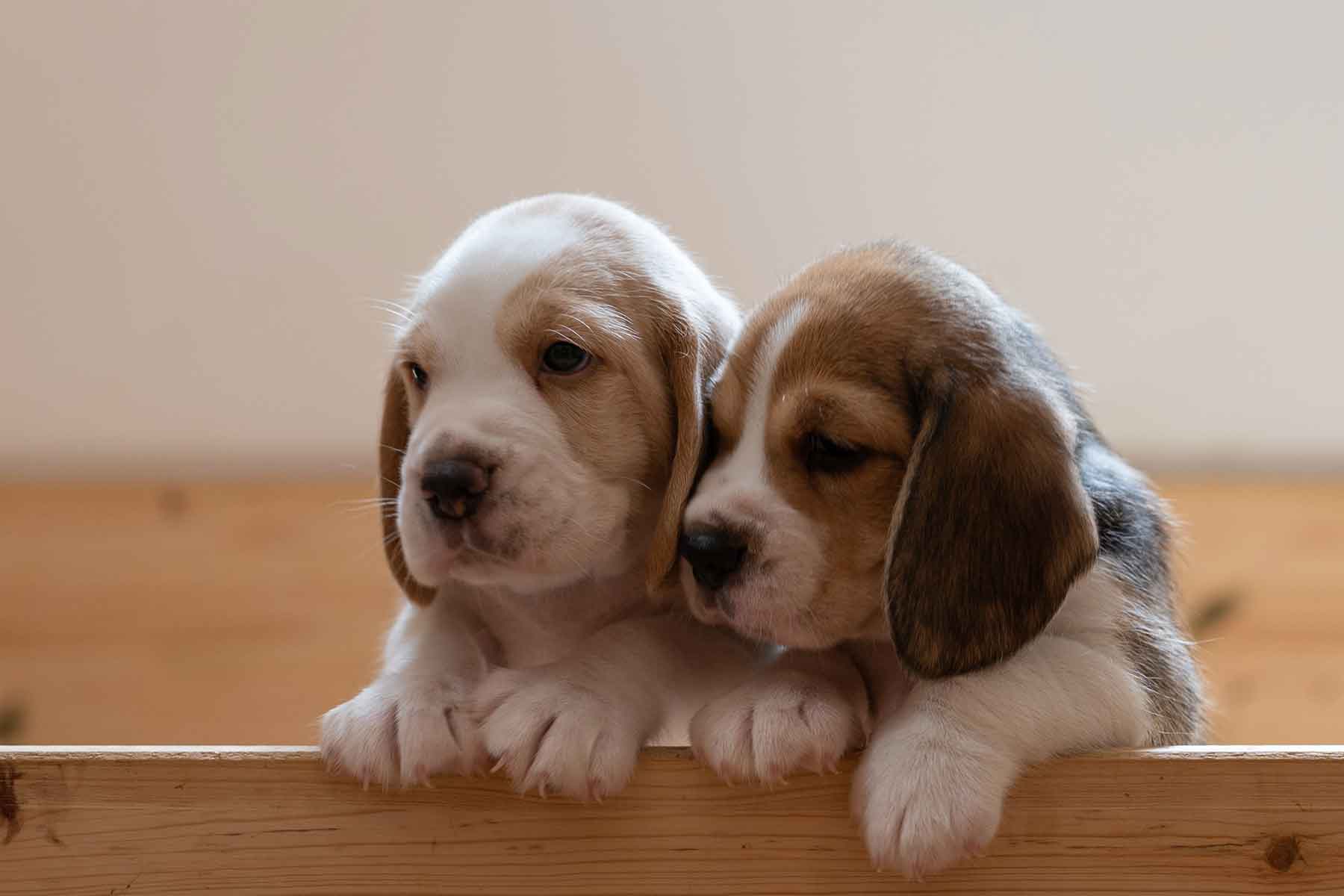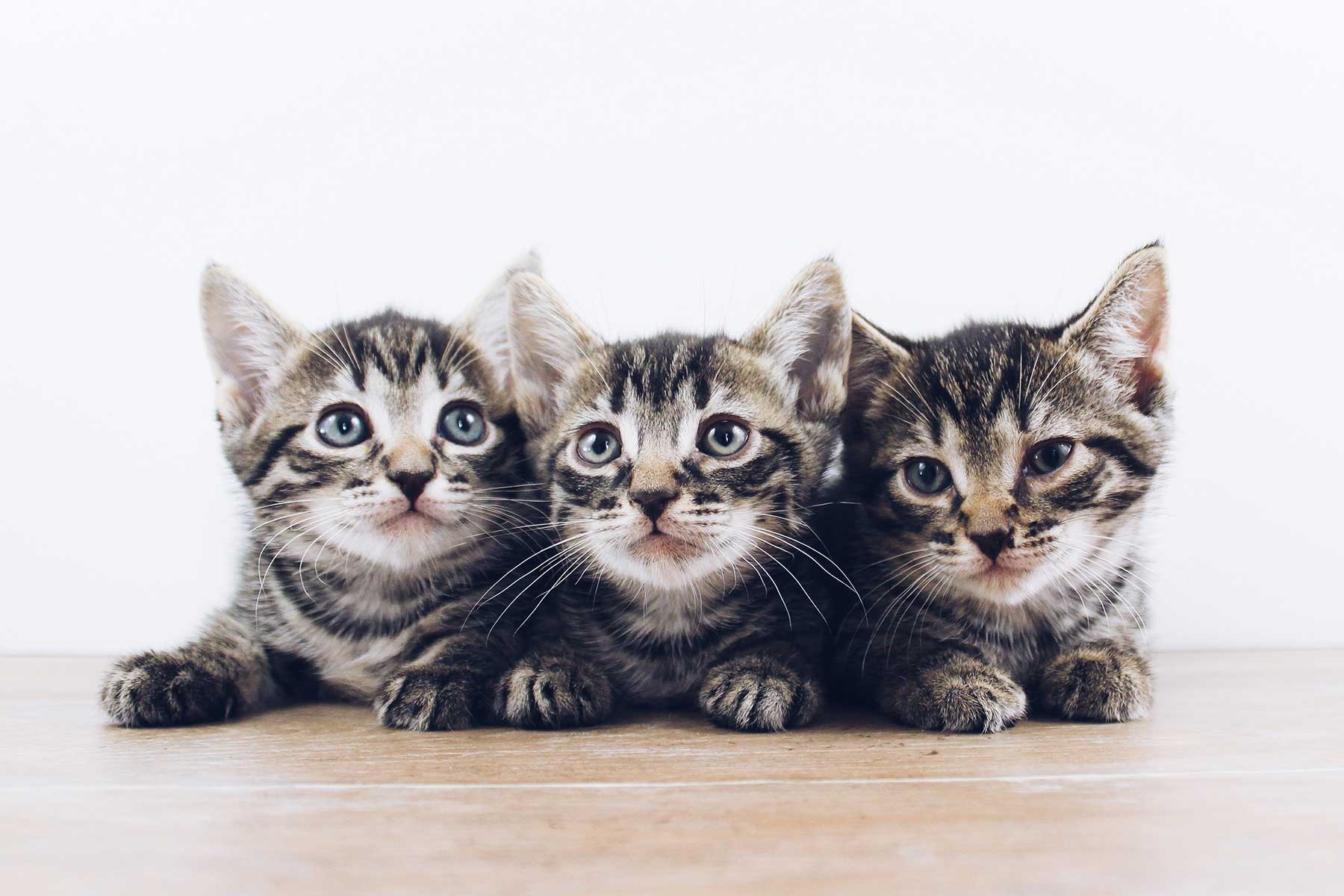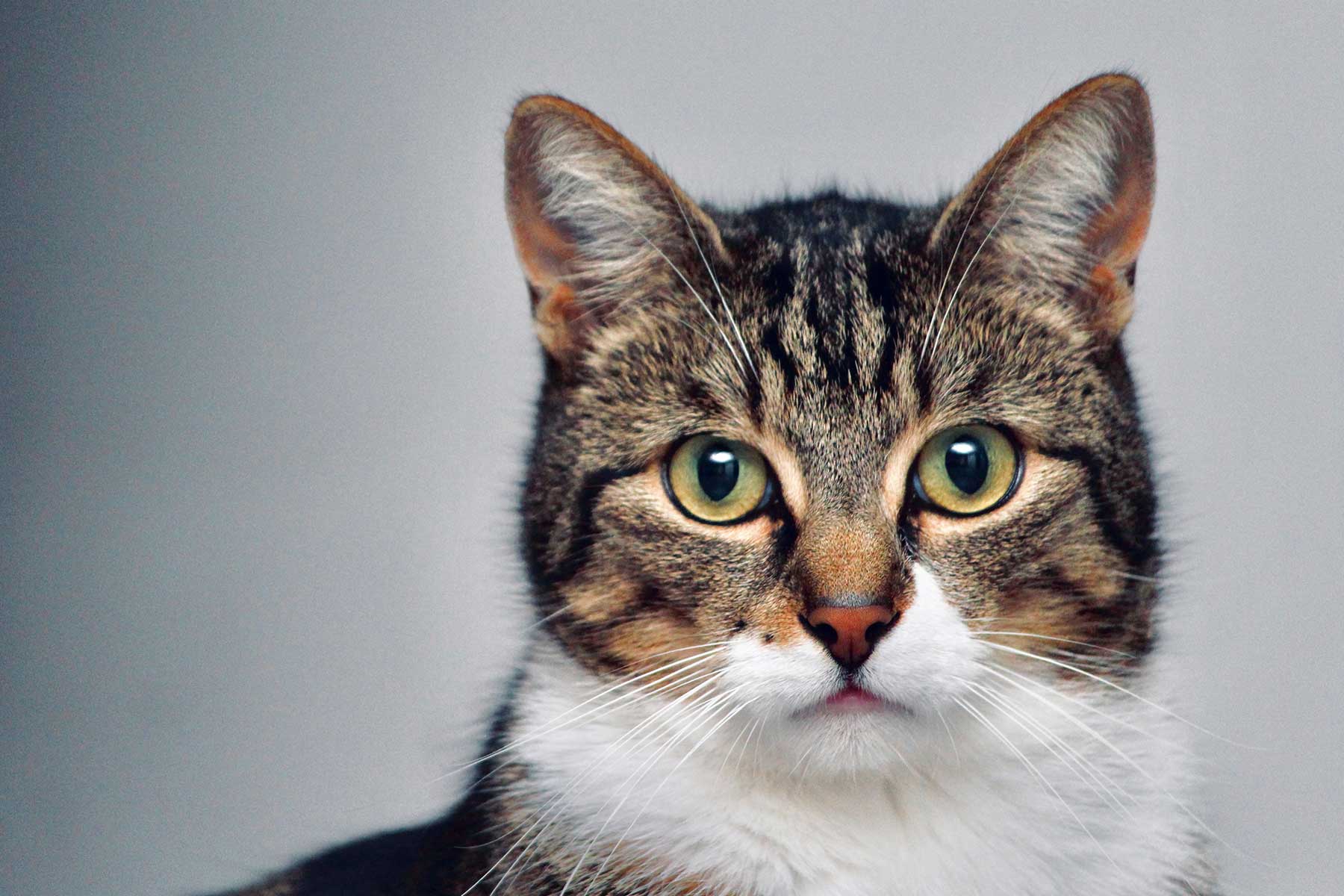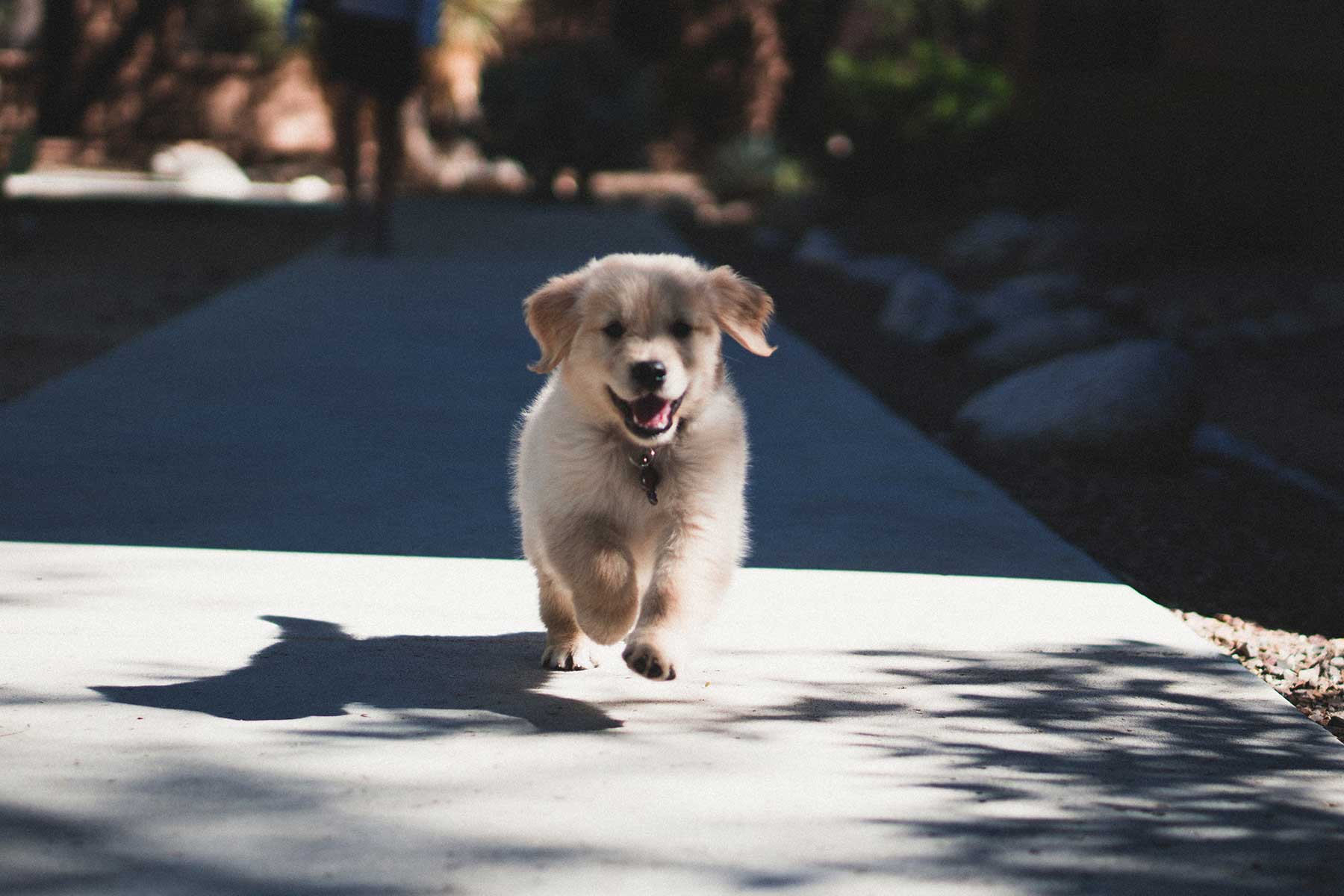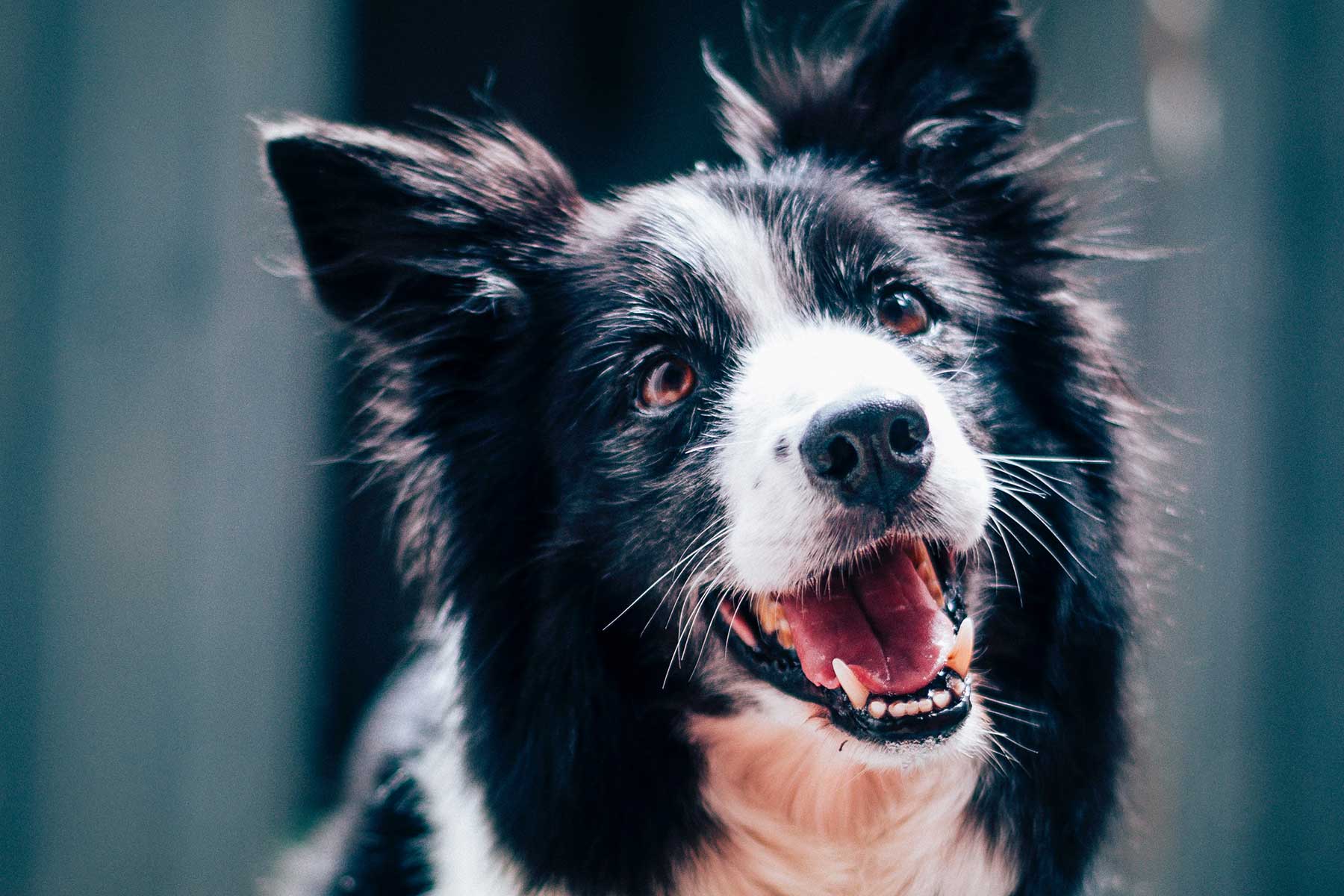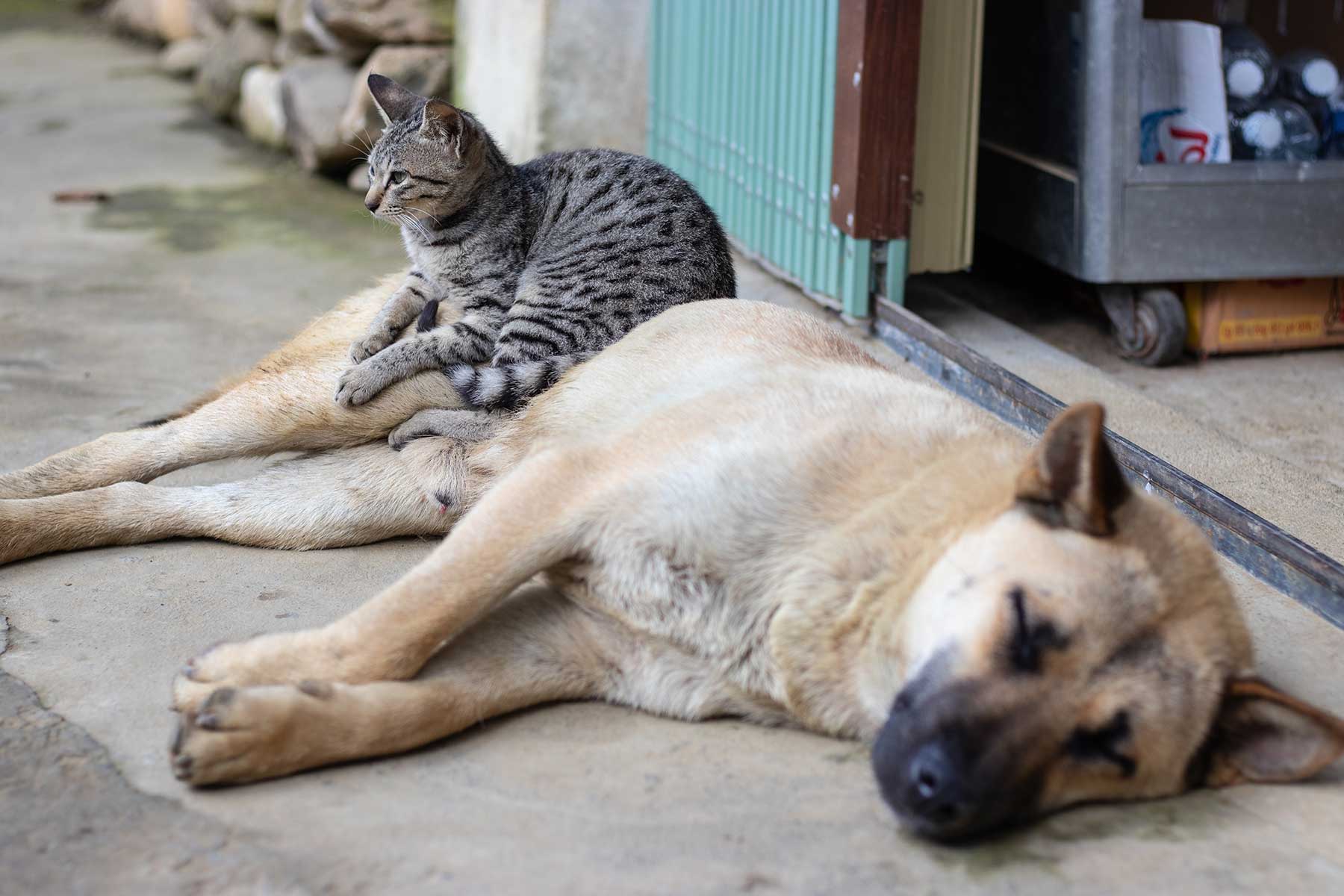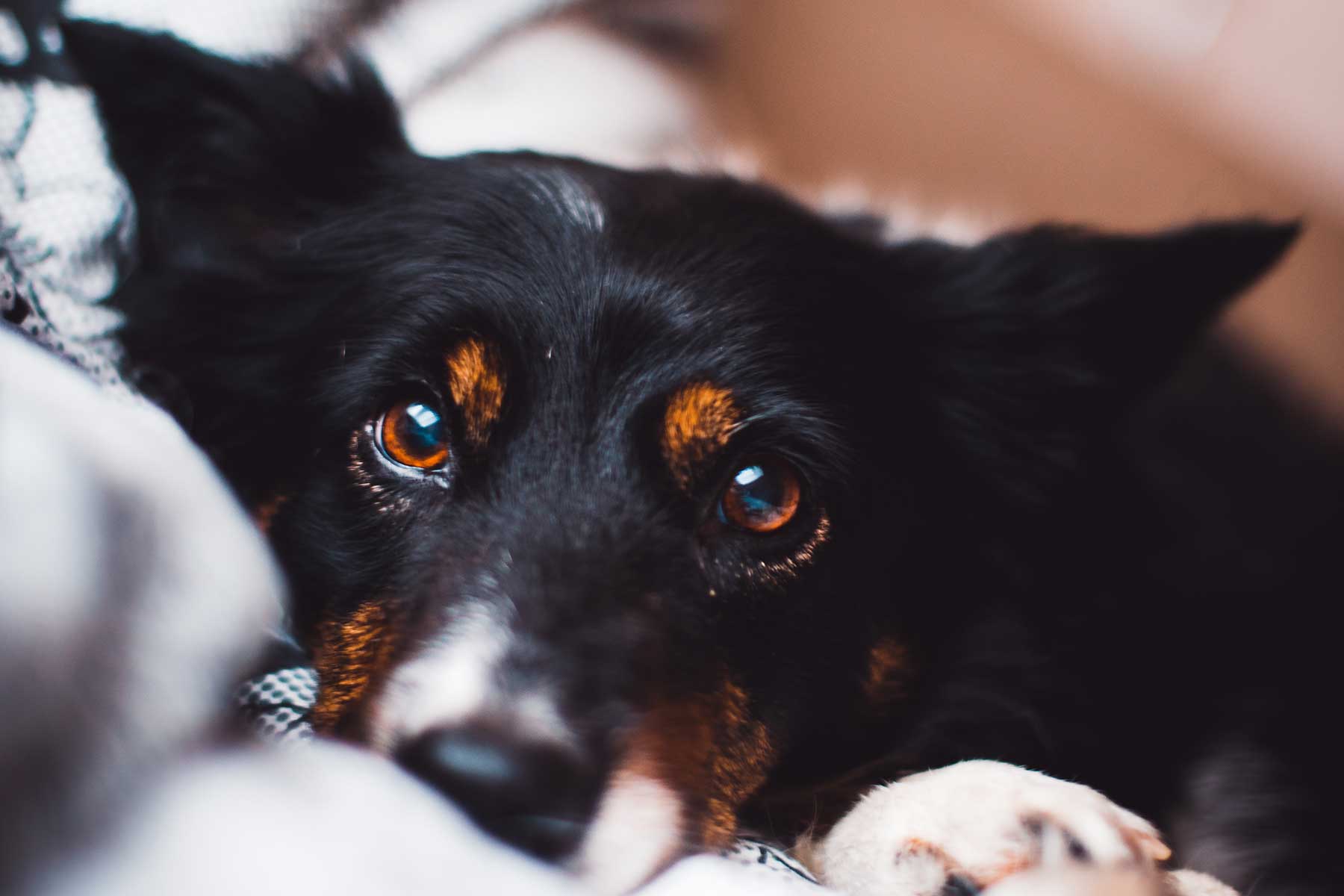Anal Sacs (or Anal Glands) are two small glands located just inside your pet’s anus (bottom), at the 4 o’clock and 8 o’clock positions. Each of these glands has a tiny duct or tube, which has an opening into the rectum. The secretion that comes from these glands is very smelly, often brown in colour and is about the consistency of water or oil. Anal Glands serve no real purpose in domestic pets, just like your appendix, however in past times they were used primarily for territorial marking, as a defence mechanism (i.e. like a skunk) or as a form of communication. Every time a stool (faeces) is passed it should place enough pressure on the anal glands to cause a small amount of the secretion to be deposited on the surface of the stool thus informing other animals who has been in the neighbourhood!
Anal gland problems
Have you ever noticed your pet dragging or scooting its bottom along your good carpet? Well, it is a common sign of anal gland problems. The main reason why pets ‘scoot’ is to try and relieve the pressure being caused by the fluid building up within the anal glands. If this secretion stays in the anal glands for quite some time, it starts to thicken and becomes like a peanut butter consistency, making it difficult to EXPRESS the gland, while also creating a perfect environment for infection to develop, or worse still, an abscess to form!
How often do your pet’s anal glands need to be ‘expressed’?
This depends on the individual pet, as it may be only an issue a couple of times a year or they may require the procedure to be performed once a month or more! When dogs have recurring problems with impacted or infected anal glands, we sometimes have to surgically remove the glands, which is also known as an Anal Sacculectomy.
Anal gland removal – Anal Sacculectomy
When a dog is brought into the clinic for this surgery they are placed under general anaesthetic. They will then have their bottom clipped and anal glands expressed and flushed out with an anti-septic solution. The veterinary surgeon will then makes incisions to remove the glands (one at a time). Once complete the wound area is then stitched up and our patient will recover under the watchful eye of our dedicated nursing team.
How do you know if your pet has anal gland problems?
Look out for the following signs:-
- Scooting – where your pet sits on its bottom and drags its behind along the ground.
- Excessive Licking – your pet will be constantly licking its bottom area and may even leave licking stains, which discolours the coat around the affected area, though difficult to tell in darker haired breeds.
- Tail Chasing – some dogs may chase their tail in an effort to reach the area bothering them. Please note that tail chasing can also be a behavioural problem.
- Hair loss under tail – this can sometimes be more common in cats than dogs, as cats tend to lick or bite off clumps of fur in an attempt to reach the affected area.
- Crying out – this can occur if you go to touch your pet’s tail, or to pat them on the back and they start crying out in pain, or it can sometimes be observed when your pet is defaecating.
If you think your pet is experiencing any of the above signs, then it is best to make an appointment with your veterinarian for a full examination.

